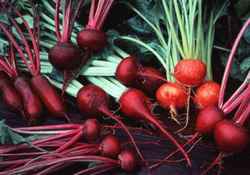 Beets
Beets The beet crop is phenomenal this year. Golden Beets, Chioggia Beets, Bull's Blood Beets, Red Ace and Merlin Beets are all fabulous.
I love them roasted in the oven, then sliced on a plate into gold and red coins with a drizzle of orange infused olive oil. Once, short of time, I tried Nigella Lawson's raw beet salad from "Forever Summer" and now think beets are even better raw than roasted -- this recipe is far removed from the sweet and sour 'Harvard' beets I grew up with, or the chemically sweet and vinegary school beetroot that stained plates and taste buds.
The toasted mustard seeds and dill impart a Scandinavian flavor combination, I've also made it with flat-leaf parsley when I had no dill in the garden, and have skipped the mustard seed and chopped up large handfuls of cilantro and mint when those were at hand. All are good. You can also use a combination of beets and carrots, both hold their texture so this can be made in advance and refrigerated, in fact I think the flavor improves the next day.
RAW BEET, DILL & MUSTARD SEED SALAD from "Forever Summer" by Nigella Lawson
Big bunch fresh dill (about 6 tablespoons when chopped)
18 oz raw beets
Juice of 1 lemon
2 tablespoons extra virgin olive oil (orange infused if you can find it)
2 tablespoons mustard seeds
A spoonful or so of chopped fresh flat-leaf parsley (optional)
Serves: 6.
This is extremely easy to make in a food processor, arduous done by hand. Strip the stalks from the dill and zap it in the food processor until finely chopped. Scrape it out into a large bowl, keeping some aside for sprinkling on top. Fit the julienne or grater disc and then peel and half the beetroot so it fits down the funnel, you should wear rubber gloves for this or you'll spend the evening with hands like Lady Macbeth. Turn the grated beetroot into a bowl and toss with the dill until well mixed together. Squeeze the lemon juice over, drizzle in the olive oil and toss again. Then toss the mustard seeds for a couple of minutes in a non-stick or heavy-based frying pan, it helps if it has high sides as they'll start popping and dancing over the stovetop. Add the mustard to the salad and toss for a final time. Tip it out into a bowl or plate and scatter the reserved dill and chopped parsley on top for a hint of vibrant green.
We have Australian friends who wax lyrical about their Ausie burgers with "the lot" which in Australia includes lettuce, mayo, tomato, sliced beetroot, a fried egg, bacon, and a dash of ketchup or barbecue sauce. I haven't been tempted to try this with sliced roasted beets but could imagine adding a dollop of this raw beet salad to a burger. I found a similar salad in an old Martha Stewart book "Great Food Fast" which has a Middle Eastern flavor to it with the cumin, coriander and cinnamon combination. It packs a punch and is delicious served with lamb kebabs or a chicken tagine.
Beetroot and Carrot Salad from "Great Food Fast" by Martha Stewart
18 oz raw beets
3 carrots
1/4 cup lemon juice
1 tbl extra-virgin olive oil
1 tbl honey
3/4 tsp ground cumin
1/2 tsp ground coriander
1/4 tsp ground cinnamon
1/8 tsp cayenne pepper
1/3 cup flat leaf parsley
Whisk together lemon juice, oil, honey, cumin, coriander, cinnamon, cayenne plus 3/4 tsp salt. Peel the beets and carrots and grate or julienne them in a food processor. Add to the bowl along with the parsley and toss all the ingredients together.
I love them roasted in the oven, then sliced on a plate into gold and red coins with a drizzle of orange infused olive oil. Once, short of time, I tried Nigella Lawson's raw beet salad from "Forever Summer" and now think beets are even better raw than roasted -- this recipe is far removed from the sweet and sour 'Harvard' beets I grew up with, or the chemically sweet and vinegary school beetroot that stained plates and taste buds.
The toasted mustard seeds and dill impart a Scandinavian flavor combination, I've also made it with flat-leaf parsley when I had no dill in the garden, and have skipped the mustard seed and chopped up large handfuls of cilantro and mint when those were at hand. All are good. You can also use a combination of beets and carrots, both hold their texture so this can be made in advance and refrigerated, in fact I think the flavor improves the next day.
RAW BEET, DILL & MUSTARD SEED SALAD from "Forever Summer" by Nigella Lawson
Big bunch fresh dill (about 6 tablespoons when chopped)
18 oz raw beets
Juice of 1 lemon
2 tablespoons extra virgin olive oil (orange infused if you can find it)
2 tablespoons mustard seeds
A spoonful or so of chopped fresh flat-leaf parsley (optional)
Serves: 6.
This is extremely easy to make in a food processor, arduous done by hand. Strip the stalks from the dill and zap it in the food processor until finely chopped. Scrape it out into a large bowl, keeping some aside for sprinkling on top. Fit the julienne or grater disc and then peel and half the beetroot so it fits down the funnel, you should wear rubber gloves for this or you'll spend the evening with hands like Lady Macbeth. Turn the grated beetroot into a bowl and toss with the dill until well mixed together. Squeeze the lemon juice over, drizzle in the olive oil and toss again. Then toss the mustard seeds for a couple of minutes in a non-stick or heavy-based frying pan, it helps if it has high sides as they'll start popping and dancing over the stovetop. Add the mustard to the salad and toss for a final time. Tip it out into a bowl or plate and scatter the reserved dill and chopped parsley on top for a hint of vibrant green.
We have Australian friends who wax lyrical about their Ausie burgers with "the lot" which in Australia includes lettuce, mayo, tomato, sliced beetroot, a fried egg, bacon, and a dash of ketchup or barbecue sauce. I haven't been tempted to try this with sliced roasted beets but could imagine adding a dollop of this raw beet salad to a burger. I found a similar salad in an old Martha Stewart book "Great Food Fast" which has a Middle Eastern flavor to it with the cumin, coriander and cinnamon combination. It packs a punch and is delicious served with lamb kebabs or a chicken tagine.
Beetroot and Carrot Salad from "Great Food Fast" by Martha Stewart
18 oz raw beets
3 carrots
1/4 cup lemon juice
1 tbl extra-virgin olive oil
1 tbl honey
3/4 tsp ground cumin
1/2 tsp ground coriander
1/4 tsp ground cinnamon
1/8 tsp cayenne pepper
1/3 cup flat leaf parsley
Whisk together lemon juice, oil, honey, cumin, coriander, cinnamon, cayenne plus 3/4 tsp salt. Peel the beets and carrots and grate or julienne them in a food processor. Add to the bowl along with the parsley and toss all the ingredients together.
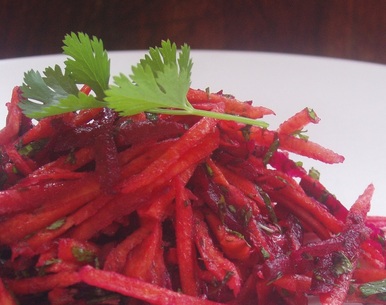

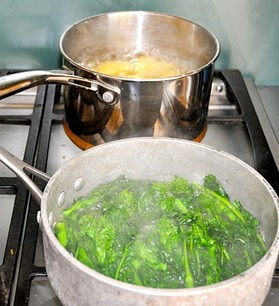
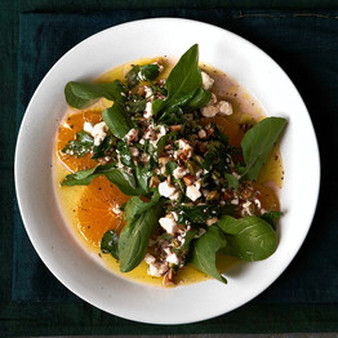
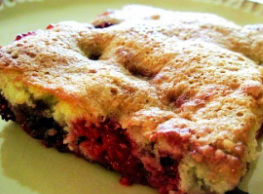
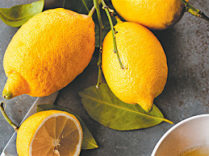
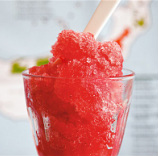
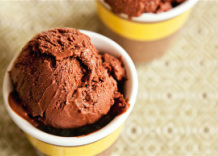


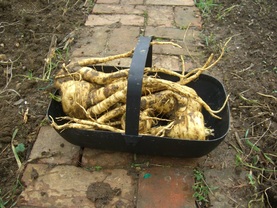
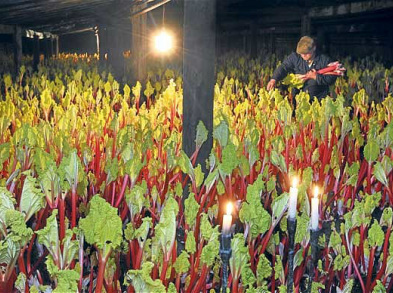
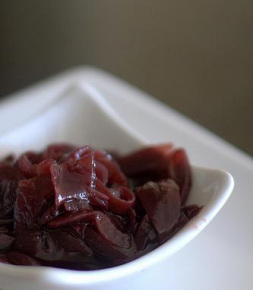
 RSS Feed
RSS Feed
